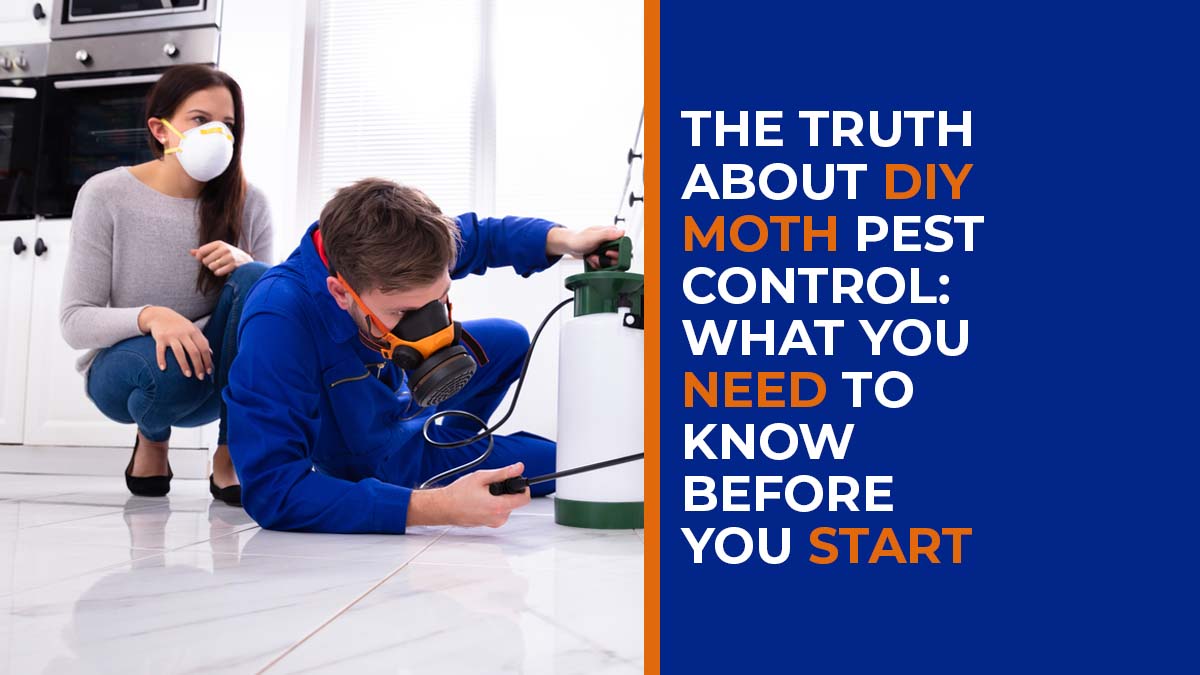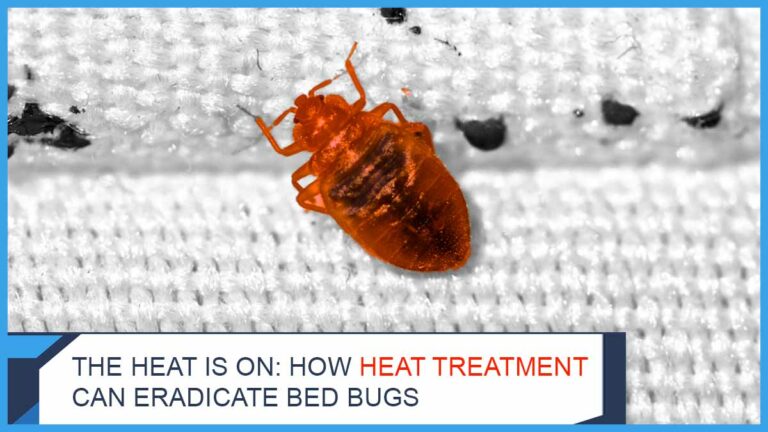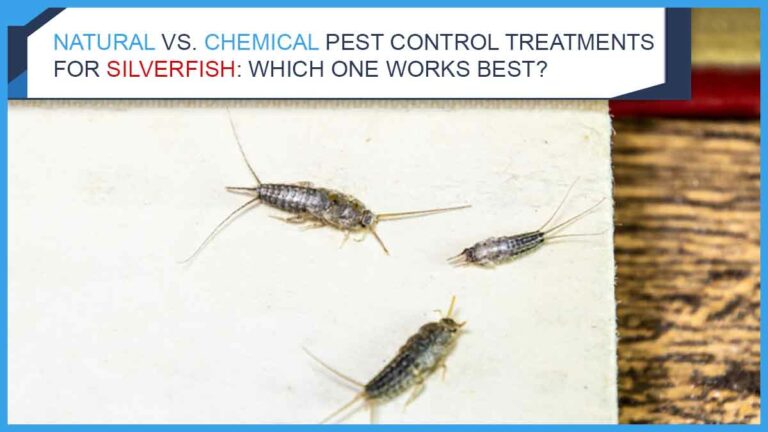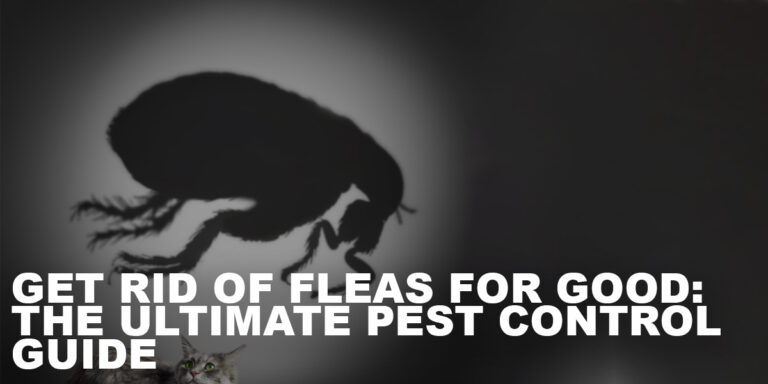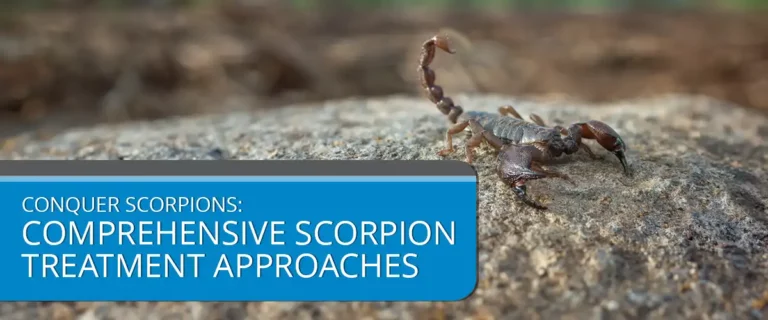The Truth About DIY Moth Pest Control: What You Need to Know Before You Start
If moths become a problem in your home, you may tackle the issue alone. Knowledge is crucial before you begin DIY moth pest control because it can seem like an affordable and accessible solution. Moth pest control can be tricky, as moths have evolved to evade most home remedies. To successfully rid your home of moths, you must understand their habits and lifecycles to choose the right products and techniques for your situation.
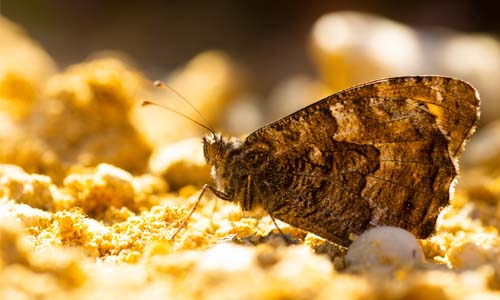
What Attracts Moths in the Home
Moths are fascinating creatures, but they can become quite a nuisance when they invade our homes. If you’re struggling with a moth infestation, understanding what draws them in can help prevent future problems. These are the most common things that attract moths in the home.
1. Light
Moths are naturally attracted to light sources, especially at night. Butterflies flutter around lamps, light fixtures, and candles.
2. Food
The pantry’s food sources, such as crumbs or spilled grains, attract moths. They are also attracted to pet food, birdseed, and other food sources.
3. Moisture
Moths seek out water and inhabit damp areas of the home, such as basements, bathrooms, and kitchens.
4. Fabrics
Wool, silk, and other natural fibers like cotton draw moths. They may lay their eggs in clothing, carpets, or other fabric materials.
5. Perfumes and scents
Perfumes and scented products attract moths, such as soaps, lotions, and candles.
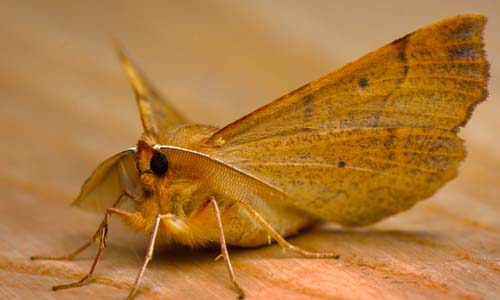
Familiar DIY Moth Control Solutions
DIY moth pest control seems like a quick and easy way to deal with an infestation, but unfortunately, it’s not always the most effective approach. People must do more than try a few standard DIY solutions to eradicate the issue in the grand scheme. The most well-liked techniques are as follows:
1. Traps
While these can be effective, they’re more geared toward capturing moths than killing them. The traps themselves can be challenging to place appropriately to be effective.
2. Disinfectants and insecticides
These DIY treatments are the most common since they can quickly treat problem areas. However, the results can vary depending on how you use them and the type of product used.
3. Natural remedies
Cedar chips, citrus oil sprays, and diatomaceous earth can help reduce moth populations. But it’s important to remember that these methods are not foolproof and will require regular maintenance to stay effective.
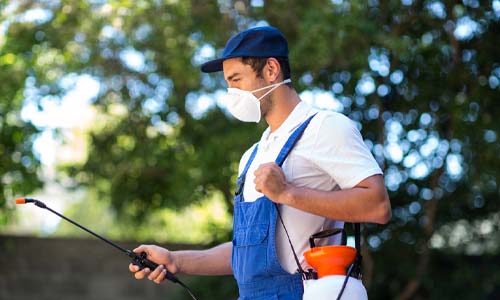
The Benefits of Professional Moth Control Services
DIY moth control can be time-consuming and often unreliable, so consider hiring a professional for the best results. Professional moth pest control services are well-equipped to diagnose and treat the source of your infestation and can provide long-term solutions to keep moths away from your home in the future. Some of the main benefits of working with a pro include the following:
1. Accurate diagnosis
A professional can accurately diagnose the type of moth infestation you have and identify potential entry points or nesting sites. This is important because different kinds of moths require different approaches when it comes to treatment.
2. Safe products
A professional pest control service will use safe, effective products registered with the EPA instead of generic DIY solutions that may not be reliable or safe.
3. Efficient extermination
Professionals have the expertise and experience to appropriately apply appropriate treatments and techniques to quickly eliminate your moth infestation without causing further damage to your home or property.

Risks of DIY Moth Pest Control
DIY pest control is tempting for those looking to save money, but the risks may outweigh the benefits of moth infestations. From ineffective treatments to potential health hazards, these are why taking matters into your own hands when it comes to moth pest control may not be the best idea.
1. Misapplication of Products
The misapplication of various products used for treating moths can lead to the poisoning of pets or people, contamination of the environment, or further infestation. People must use chemical solutions cautiously and in exact doses as the manufacturer prescribes to prevent harm to humans or animals.
2. Mechanical Control Methods
Mechanical methods such as vacuuming or sticky traps come with risks. Vacuuming can result in inhaling dust particles containing eggs and larvae that were not visible before vacuum cleaning. Similarly, sticky traps may be hazardous if placed where children or pets have access; they can get stuck to the adhesive surface and may require a professional’s help for removal.
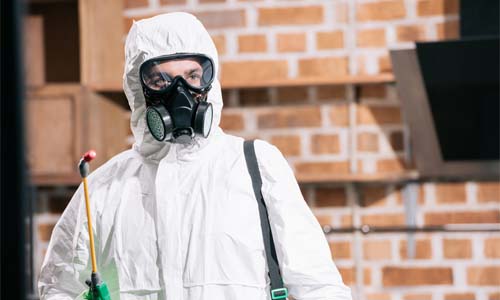
Key Takeaways: DIY vs. Professional Services
Regarding pest control, many people debate whether to tackle the issue themselves or hire a professional service. While both options have pros and cons, it’s essential to understand the critical takeaways before deciding. These are the factors to consider when weighing DIY vs. professional pest control services.
- DIY moth pest control can be cheaper in the short term, but costs may add up with DIY treatment methods that require frequent maintenance. In addition, it’s essential to understand that there are several types of moths, each requiring an individualized approach to eradication and prevention.
- Choosing a professional pest control service provides homeowners peace of mind and guaranteed results. Professional services go beyond extermination and provide preventative strategies such as sealing entry points to ensure moths can’t enter your home again.
In summary, DIY moth pest control is only sometimes the best option – while it may be cheaper initially, it’s essential to weigh all the pros and cons before deciding on the best course of action for you and your family.
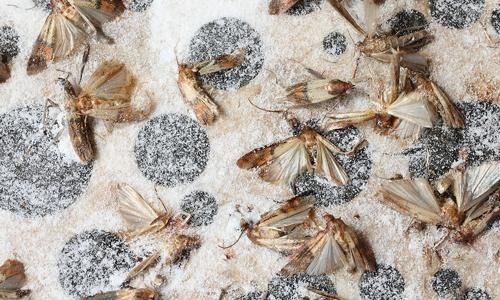
Prevention Tips for Moth Infestation
Moth infestations can be frustrating and costly to deal with, but there are steps you can take to prevent them from occurring in the first place. By following these simple tips, you can keep your home moth-free and avoid the hassle of an infestation. These are the top prevention tips for a moth infestation.
1. Vacuuming
Vacuuming is one of the most effective preventive measures against moths. Make sure to vacuum all carpets, rugs, and furniture in your home, as this helps to remove food particles that attract moths.
2. Maintaining Hygiene
Hygiene and cleanliness are essential for keeping moths away from your home. Wash dishes after use, store food in airtight containers, and promptly clean up spilled liquids or crumbs. It would help if you also considered using natural remedies like eco-friendly moth traps or essential oils with insect-repellent properties to help prevent moth infestation.
3. Regular Inspections
Regularly inspecting your space is essential for catching any potential areas where moths could thrive. Pay extra attention to dark corners, crevices, and cracks in walls because moths tend to infest these areas. If you find any signs of an infestation, contact a pest control professional immediately so they can assess the situation and advise you on the best course of action.

DIY Moth Control: Is it Worth the Risk?
All in all, tackling a moth infestation on your own can be a great DIY project if you understand the basics of moth management. It’s a great way to save time and money but ensure you understand the process correctly. Be prepared to investigate the cause of the infestation and utilize the right products and methods to rid yourself of the pests safely. If you feel uncomfortable or unsure, it is best to consult with a pest control expert. They can provide the best advice and professional help to rid your home of these unwanted guests.

